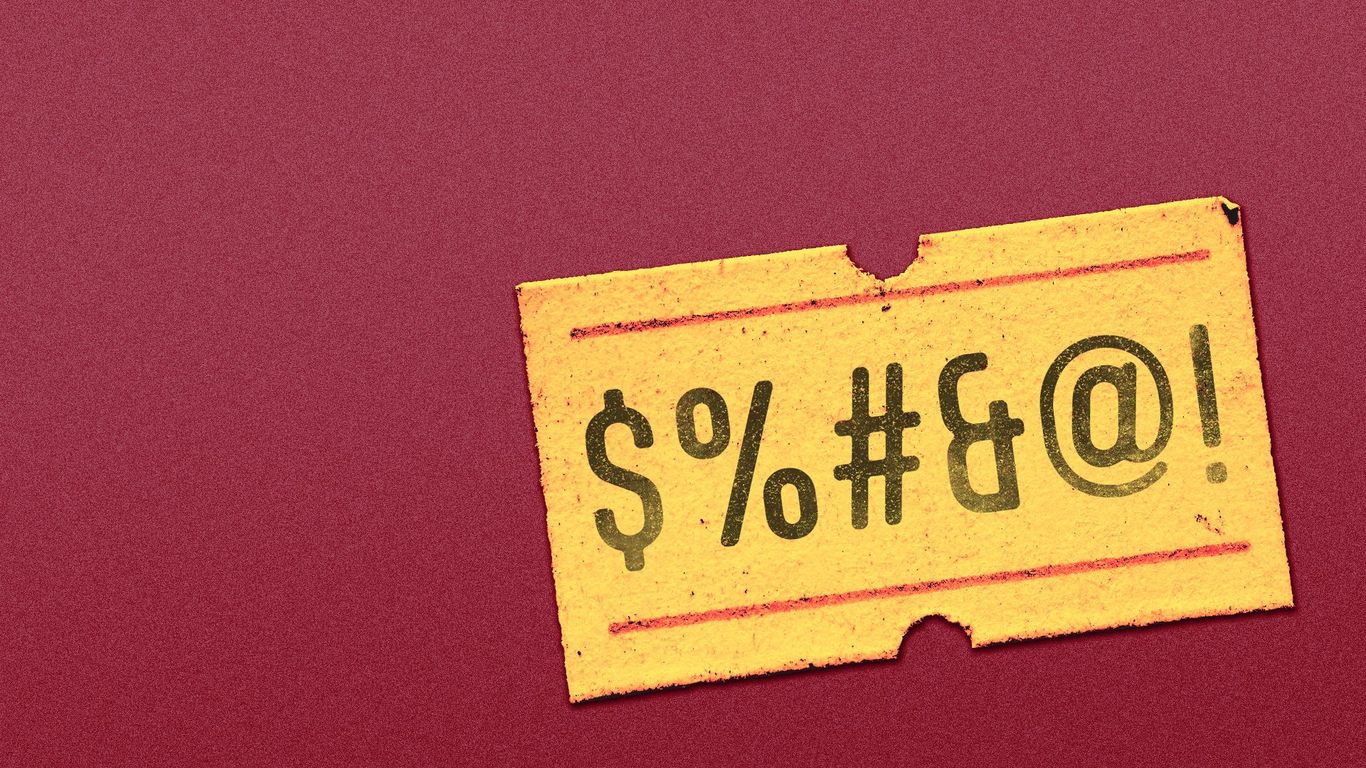When sky-high inflation pummeled Americans in 2022, the labor market was booming and wages were rising, softening the blow.Now we're in a more vulnerable place.Why it matters: With economists expecting tariffs to drive inflation, at least in the short-term, the concern is wages won't keep up, leading to lower incomes and real pain for many.
What they're saying: "The pinch from higher prices that we expect in coming months may hit harder than in the post-pandemic inflation spike," wrote J.P. Morgan chief economist Michael Feroli in a note Friday.

ING chief international economist James Knightley said "we are expecting to see negative real wage growth by the summer," in an email commentary after the jobs report last week.By the numbers: Wage growth cooled to 3.8% in March from 4% the previous month.
It's been declining since the fall.Where it stands: Right now the labor market is in a solid place, but there are worrying signs.Hiring is well off the heights of 2022, there is a white-collar hiring recession already in play — and now a glut of highly educated ex-federal employees set to hit that market.
Reality check: We're in totally uncharted waters. The average effective tariff rate would rise to 22.5% if all announced policy changes stick, per Yale Budget Lab's analysis.
That's the highest since 1909.Predicting the economic fallout is hardly exact science.It's possible that higher prices and unemployment (or fear of it) will push spending down and keep inflation in check.
"Which system is gonna be hurt the most when you jab a fork into a light socket? I don't really know," says Michael Madowitz, principal economist at the Roosevelt Institute. "That's why we don't force forks into light sockets, traditionally."Flashback: When worries about a recession reached fever pitch in 2022, the strong labor market and accumulated COVID savings carried many through.
The jobless rate stayed under 4% for 27 months, from February 2022 to April 2024, despite the Federal Reserve's attempt to cool down the economy with rate hikes. "I think we had some padding in the labor market," is how former Fed economist Claudia Sahm put it to Axios in a 2023 interview. Between the lines: Usually, unemployment and inflation move in opposite directions, as Axios' Neil Irwin explained recently.
A bad job market came with the silver lining of low inflation in 2009; high inflation arrived alongside a stellar job market in 2022.This time we are facing a trade war that will likely raise prices and slow growth (aka stagflation). The bottom line: This could hurt.
.
Inflation could hit different this time

When sky-high inflation pummeled Americans in 2022, the labor market was booming and wages were rising, softening the blow.Now we're in a more vulnerable place.Why it matters: With economists expecting tariffs to drive inflation, at least in the short-term, the concern is wages won't keep up, leading to lower incomes and real pain for many.What they're saying: "The pinch from higher prices that we expect in coming months may hit harder than in the post-pandemic inflation spike," wrote J.P. Morgan chief economist Michael Feroli in a note Friday.ING chief international economist James Knightley said "we are expecting to see negative real wage growth by the summer," in an email commentary after the jobs report last week.By the numbers: Wage growth cooled to 3.8% in March from 4% the previous month. It's been declining since the fall.Where it stands: Right now the labor market is in a solid place, but there are worrying signs.Hiring is well off the heights of 2022, there is a white-collar hiring recession already in play — and now a glut of highly educated ex-federal employees set to hit that market.Reality check: We're in totally uncharted waters. The average effective tariff rate would rise to 22.5% if all announced policy changes stick, per Yale Budget Lab's analysis. That's the highest since 1909.Predicting the economic fallout is hardly exact science.It's possible that higher prices and unemployment (or fear of it) will push spending down and keep inflation in check."Which system is gonna be hurt the most when you jab a fork into a light socket? I don't really know," says Michael Madowitz, principal economist at the Roosevelt Institute. "That's why we don't force forks into light sockets, traditionally."Flashback: When worries about a recession reached fever pitch in 2022, the strong labor market and accumulated COVID savings carried many through.The jobless rate stayed under 4% for 27 months, from February 2022 to April 2024, despite the Federal Reserve's attempt to cool down the economy with rate hikes. "I think we had some padding in the labor market," is how former Fed economist Claudia Sahm put it to Axios in a 2023 interview. Between the lines: Usually, unemployment and inflation move in opposite directions, as Axios' Neil Irwin explained recently.A bad job market came with the silver lining of low inflation in 2009; high inflation arrived alongside a stellar job market in 2022.This time we are facing a trade war that will likely raise prices and slow growth (aka stagflation). The bottom line: This could hurt.














